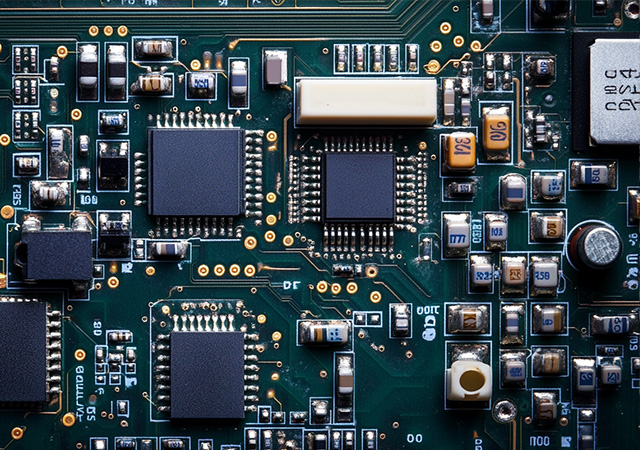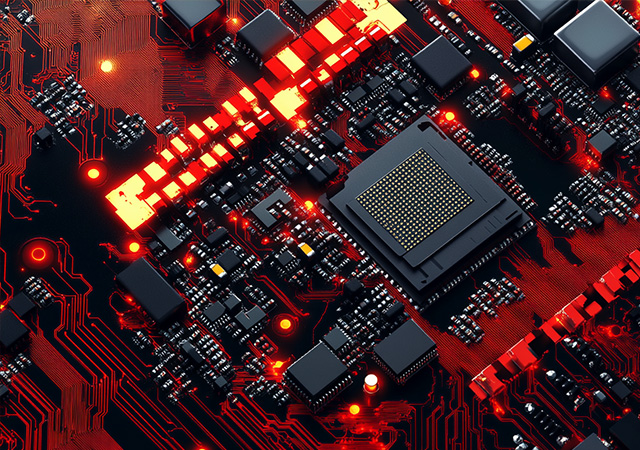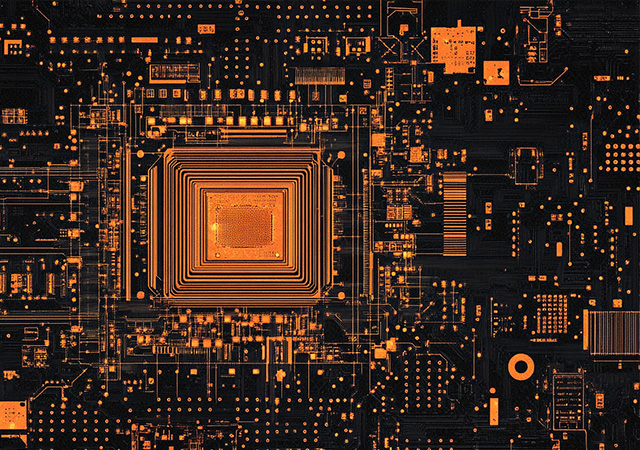-
- PCB TYPE
- PRINTED CIRCUIT BOARD PROTOTYPE ALUMINUM PRINTED CIRCUIT BOARD R&F PCB FPC HIGH FREQUENCY PCB HIGH-TG PCB HEAVY COPPER PCB HDI PCB PCB FOR LIGHTING METAL CORE PCB

CEM3-09HT Thermal Conductive PCB represents a specialized advancement in composite epoxy substrates, merging two critical capabilities: the high-temperature resilience of CEM-3-09HT with enhanced thermal conductivity. Unlike standard CEM3 (which struggles with both heat retention and dissipation) or even high-temp CEM-3-09HT variants focused solely on thermal stability, this PCB is engineered to not only withstand sustained extreme heat but also actively channel thermal energy away from critical components. This dual performance addresses a growing pain point in high-power electronics: devices like EV motor controllers, industrial laser drivers, and high-density LED arrays generate intense, localized heat that demands both resistance to thermal degradation and efficient heat removal. By combining targeted thermal conduction enhancements with proven high-temp durability, CEM3-09HT Thermal Conductive PCB fills a niche for cost-effective, process-compatible substrates in applications wher

CEM-3-09HT High Temp PCB Material represents a specialized evolution of composite epoxy substrates, tailored explicitly to thrive in environments where sustained high temperatures and thermal cycling would degrade standard CEM3 or even mid-tier FR4 materials. Unlike general-purpose CEM3, which operates reliably in moderate thermal ranges, CEM-3-09HT is engineered to maintain structural integrity, electrical stability, and mechanical strength when exposed to prolonged heat—making it indispensable in industries like automotive under-hood systems, industrial heat processing, and high-power LED lighting. Its development addresses a critical gap: the need for a cost-effective, process-compatible substrate that can withstand extreme temperatures without sacrificing performance or manufacturability. This article examines the material science behind CEM-3-09HT’s high-temperature resilience, its core performance advantages, manufacturing considerations, and real-world applications where thermal

CEM3 PCB has evolved into a versatile substrate that excels beyond its traditional mid-tier applications, particularly in high-frequency electronics and harsh operational environments. As industries like telecommunications, automotive, and industrial automation demand faster data transmission and greater resilience, CEM3 PCB has undergone material and design innovations to meet these needs. Unlike FR4, which dominates high-end high-frequency applications but at a premium cost, CEM3 PCB offers a cost-effective solution with sufficient signal integrity for frequencies up to several gigahertz. Additionally, its inherent robustness, when optimized, allows it to withstand extreme temperatures, moisture, and mechanical stress—making it a reliable choice for outdoor and industrial settings. This article explores CEM3 PCB’s role in high-frequency signal transmission, its adaptations for harsh environments, integration with additive manufacturing, and emerging applications that leverage its uni

low CTE CEM3 has become an indispensable material in the era of miniaturized electronics, where shrinking form factors and increasing power densities amplify the risks of thermal stress. As devices evolve to pack more functionality into smaller spaces—from wearable health monitors to compact industrial sensors—traditional substrates struggle to manage the thermal expansion mismatches that threaten reliability. low CTE CEM3 addresses this by minimizing dimensional changes across temperature fluctuations, acting as a stabilizing foundation for components that operate in tight proximity. Unlike standard CEM3, which can introduce stress through expansion, low CTE variants are engineered to align with the thermal behavior of adjacent materials, from copper traces to semiconductor chips. This article examines how low CTE CEM3 enables the next generation of miniaturized devices, its role in preventing thermal-induced failures, innovative testing approaches to validate its performance, and its

CEM3 PCB with Low Coefficient of Expansion (CTE) represents a critical advancement in substrate technology, addressing a longstanding challenge in electronics: thermal-induced stress. In environments where temperatures swing dramatically—from industrial factories to automotive engine bays—components and PCBs expand and contract at different rates, leading to solder joint fatigue, delamination, or even complete failure. Traditional CEM3, while reliable in stable conditions, exhibits a higher CTE that can compromise performance under thermal stress. By engineering CEM3 to have a lower CTE, manufacturers have created a substrate that minimizes dimensional changes, ensuring components remain securely bonded and aligned regardless of temperature fluctuations. This article examines the science behind low-CTE CEM3, its material innovations, manufacturing techniques, and applications in industries where thermal stability is non-negotiable.

Got project ready to assembly? Contact us: info@apollopcb.com



We're not around but we still want to hear from you! Leave us a note:

Leave Message to APOLLOPCB
